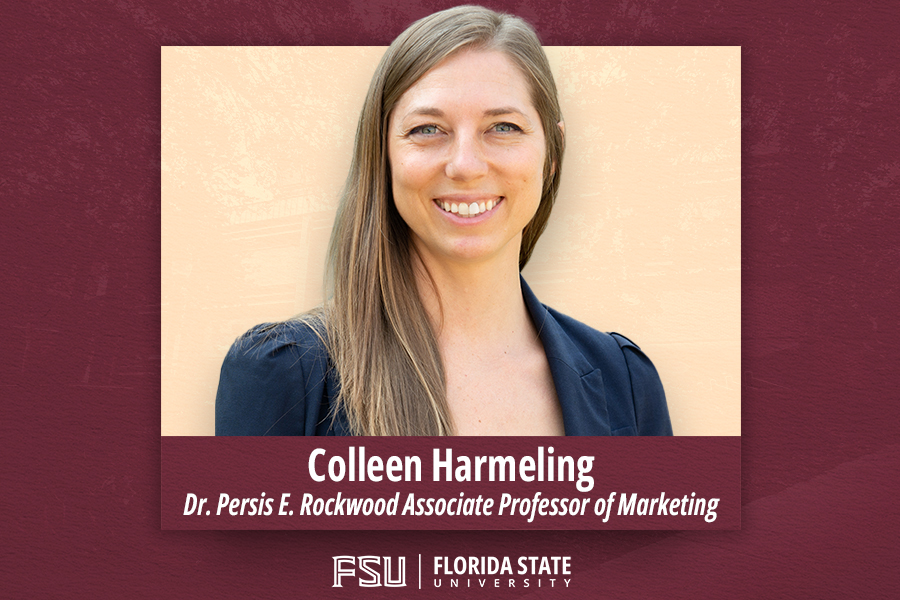
Having built an enormous following for its most popular seasonal beverage, Starbucks recently announced its Pumpkin Spice Latte — popularly abbreviated as PSL — will return to menus Aug. 26.
For as much as consumers enjoy the drink because of its taste, PSLs are just as famous for being a cultural phenomenon. The coffee is an example of peak marketing, tapping into the feelings of fall and building its demand as an exclusive item available for a limited time.
Last year, week-to-week foot traffic at U.S. Starbucks stores increased by 24 percent on Aug. 22 — the day PSLs returned — according to Placer.ai. Introduced in 2003, the drink played a role in Starbucks’ $4.1 billion in revenue that year. In 2024, the coffee giant recorded $36.2 billion in revenue.
Florida State University’s Colleen Harmeling is the Dr. Persis E. Rockwood Associate Professor of Marketing in the College of Business. Her research focuses on transformative consumer research and marketing strategy with an emphasis on the complex social systems that affect such things as health care decision-making, customer experience design, and customer journeys in business-to-business, services and retail markets.
Harmeling’s research has been showcased in a wide range of journals and presented at numerous conferences. She has co-edited a book on relationship development and customer engagement.
She believes Starbucks’ effective marketing campaign stands out for a variety of reasons, but pinpointed the coffee brand’s strong emotional connection with customers for its success.
“The pumpkin spice campaign is a great example of storytelling through the senses,” Harmeling said. “It activates nostalgia through smells and tastes. Smell and taste can vividly evoke emotional memories that are pleasant to activate. It is even more effective because it draws on collectively shared rituals that are temporary in their nature. Any time something is temporary, it triggers innate reactions to maximize on that item during the time it is available. The combination of these two things is what makes this campaign so powerful.”
Media interested in learning the details behind Starbucks’ marketing success can contact Harmeling via email at charmeling@business.fsu.edu.
Colleen Harmeling, Dr. Persis E. Rockwood Associate Professor of Marketing, College of Business
What elements of the PSL campaign do you feel are most beneficial for marketing students to know if they want to build and market a brand?
“Marketers are great storytellers and marketing students would benefit from learning Starbucks’ techniques for telling multi-sensory stories with their products. Practice the art of storytelling to evoke emotional connection rather than crafting taste profiles.”
What are a few other brand campaigns that you feel have been executed at the highest level?
“One campaign that I think was exceptional in its engagement and use of storytelling was Whirlpool’s Every Day, Care project. Whirlpool used multiple hashtags including #EveryDayCare, #CareCrowd and #ItsAllCare to provide a way for existing customers to contribute to the campaign by sharing the ways in which their families care and how they use Whirlpool products. Customers’ posts served as a means of support to other customers and also provided unique insights into product innovations by showing how customers were using their Whirlpool products.”
As technology has rapidly evolved, have there been noticeable changes in the way brands market their products over the last 20 years?
“Yes. Social media has revolutionized marketing. Product stories used to circulate from the brand and consumers knew that marketers were the storytellers. But today, products are embedded in digital autobiographies created by other consumers, where relatable and inspirational stories become templates for building the desired self through mimicking the creator’s product purchases.”




